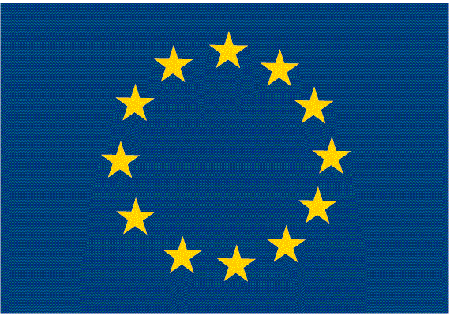
Philippe Busquin, the European Union’s commissioner for research, has moved with remarkable speed since he was appointed last September. By January he had published a consultation paper on his big idea, the “European research area” – an initiative that was welcomed by science organizations across Europe – and by last month his plans had received a positive reaction from the European council of research ministers. Busquin’s consultation paper* might have made less impact had it not started with some stark facts about research in Europe. The 15 EU states invest about 1.8% of their gross domestic product on R&D, compared with 2.8% in the US and 2.9% in Japan. Europe also employs proportionally fewer researchers than the US or Japan, and its trade deficit for high-tech products – currently Euro 20 billion per year – seems to be getting worse.
So what needs to be done to establish the European research area? Busquin’s paper contains more than 50 ideas: some are modest extensions of existing EU polices, such as networking centres of excellence, while others seem “no-brainers” (e.g. building a high-speed European communications network). As Busquin himself admits, many of the ideas are not new.
However, Busquin’s vision of a European research area also calls for three fairly radical, if logical, developments: increasing the mobility of young researchers across Europe; introducing a European patent; and improving the co-ordination of national research programmes, to the extent of making parts of them open to scientists from other countries.While most researchers would welcome the first and second proposals, it might be thought that Busquin’s proposal to “open up” national research programmes to outsiders would meet with resistance. However, the European Science Foundation – an association of 67 national funding agencies from 23 European countries – has already proposed a scheme, EUROCORES, that would involve funding agencies from four or more countries running collaborative research programmes, with applications judged by international peer-review panels.
Busquin’s ideas will also require an imaginative response from his own staff. The EU currently drives its research agenda through the multiyear framework programmes. While EU officials like to point out that these only account for 5% of public spending on research in Europe, the fifth framework has a hefty budget
of Euro 15 billion. It has also been widely criticized for being too complex and inflexible, and too focused on near-market research at the expense of basic science. Busquin needed to move fast to prevent these mistakes being repeated in the sixth framework. He has made a solid start and it is to be hoped that the final outcome really does result in a dynamic and world-class European research area.
*Towards a European Research Area: europa.eu.int/comm/research/area.html
Light fantastic
In his novel London Fields, Martin Amis writes: “Nothing, no information, can reach us faster than cosmic light. There’s a speed limit up there. The universe is full of signs, circled in red, saying 186 287.” Einstein had reached a similar conclusion in 1905. It was a surprise, therefore, to learn that physicists in Florence have observed pulses of microwaves travelling 25% faster than the speed of light (p3).
But that seems modest compared with the enhancement by a factor of 300 witnessed in an experiment at Princeton: the laser pulses in Lijun Wang’s laboratory appear to leave his apparatus before they even arrive. Indeed, Wang’s experiment was so superluminal that reports of it appeared in the New York Times while it was still being peer-reviewed at Nature. The laws of physics, however, have not been shattered. Effects similar to those observed by Wang were predicted in the mid-1990s. Amis and Einstein were right.



